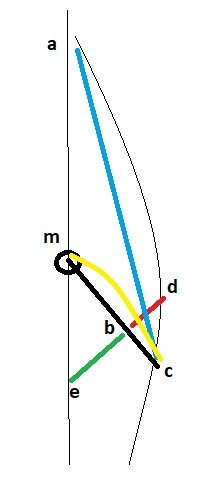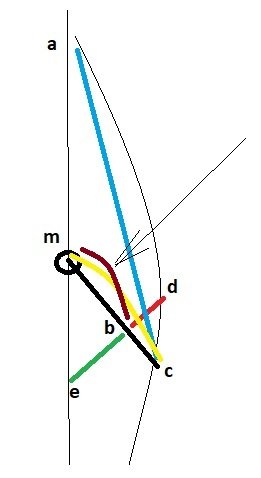Dockhead
Well-Known Member
John goes pretty deep into the technical reasons why you do not want elasticity in the preventer.Agree with all of the above.
Interestingly, I recently read one of John Kretschmer's books and he advocates for a degree of elasticity in a preventer. He generally knows what he is doing but on this occasion I find myself disagreeing with him.
Besides the forces generated by allowing momentum to be generated, as the preventer stretches, the angle gets worse.
John also shows how you can end up with the preventer wrapped around a shroud, threatening to bring the rig down.
I find all this very convincing, but I have always felt that you want them to be as strong as possible and with no stretch. I have used dyneema for my preventers for ages.


